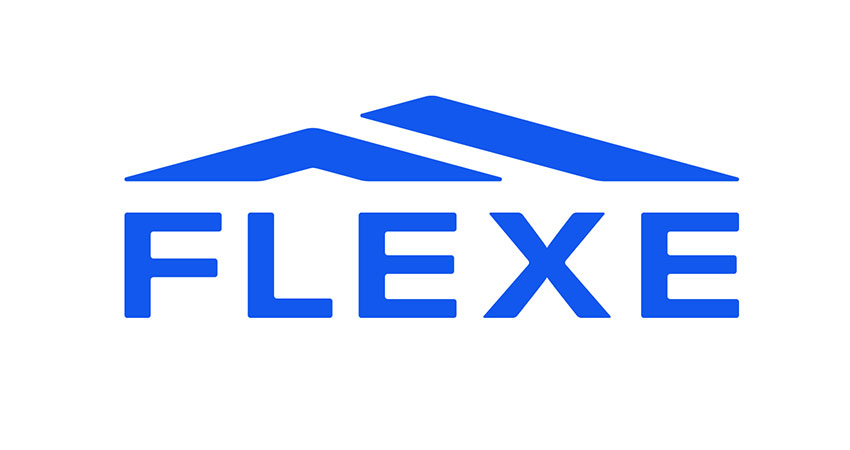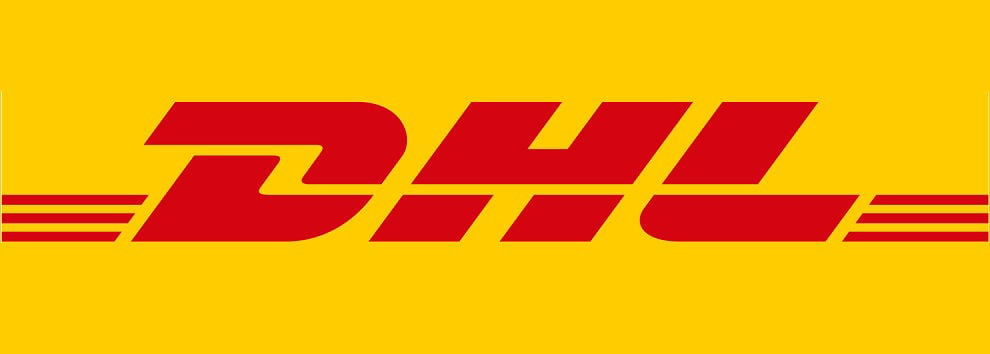
We’ve come a long way, haven’t we?
From standing in long queues just to send a parcel to doing so with a click on our smartphone’s screen. And from the operators’ point of view, they are saved from the pain of monitoring all the logistics and transportation operations – all the time.
It’s all a result of the fusion of the transportation and logistics industry with the mobile app development domain.
But how?
How do these mobile applications perform a multitude of tasks single-handedly and efficiently? What features make them so great?
Well, this is something that we will discuss here.
Don’t get anxious, since I know what you are here for – the most-awaited answer to “how much does it cost to develop an on-demand logistics ( or management) app?” But before we dive straight into the answer, how about a little detour?
Let’s back up to gain a little perspective on the current condition of the market and analyze how beneficial it is going to be for you if you blend in on-demand with logistics app development.
Table of Content
- Transport and logistics industry market statistics
- Top players of the Logistics market
- Types of mobile apps for logistics companies
- Logistics mobile apps in the news
- Benefits of Having an app like Uber Freight
- Must-have features of an app like DHL
- Technology stack used for logistics app
- What does the Logistics app development cost?
- Future of Logistics app development
Transport and logistics industry market statistics
“It’s all about numbers”
I have always found numbers to be the most convincing factor in business. And the logistics domain possesses some promising ones as well.
According to MarketWatch, the global logistics market is predicted to grow by $287.1 million between the years 2020 to 2024. This is equivalent to the increasing CAGR of 5%. In fact, the year-over-year growth rate for 2020 is projected at 4.13% by the end of the forecast period. Moreover, this CAGR is considered to be the highest during the 2019-2023.
In fact, a report by Transparency Market Research, it was mentioned that the logistics industry is expected to be worth $15.5 trillion by the year 2023 – something that paints the future of on-demand logistics app development in a positive light.
Moreover, upon analyzing the transport and logistics industry stats, we found that logistics/trucking holds the highest market share of 35%.
Top players of the Logistics market
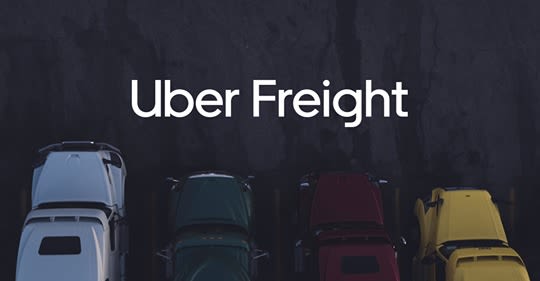
Types of mobile apps for logistics companies
1. Fleet Management

This type of logistics application caters for recording the data and information related to vehicles and fleets. As a result, these apps must help in organizing, managing and coordinating vehicles from the central information system in order to keep the overall fleet operation hassle-free and running. Applications like these are also known to reduce costs, boost performance while providing compliance with government regulations.
2. Logistics on-demand
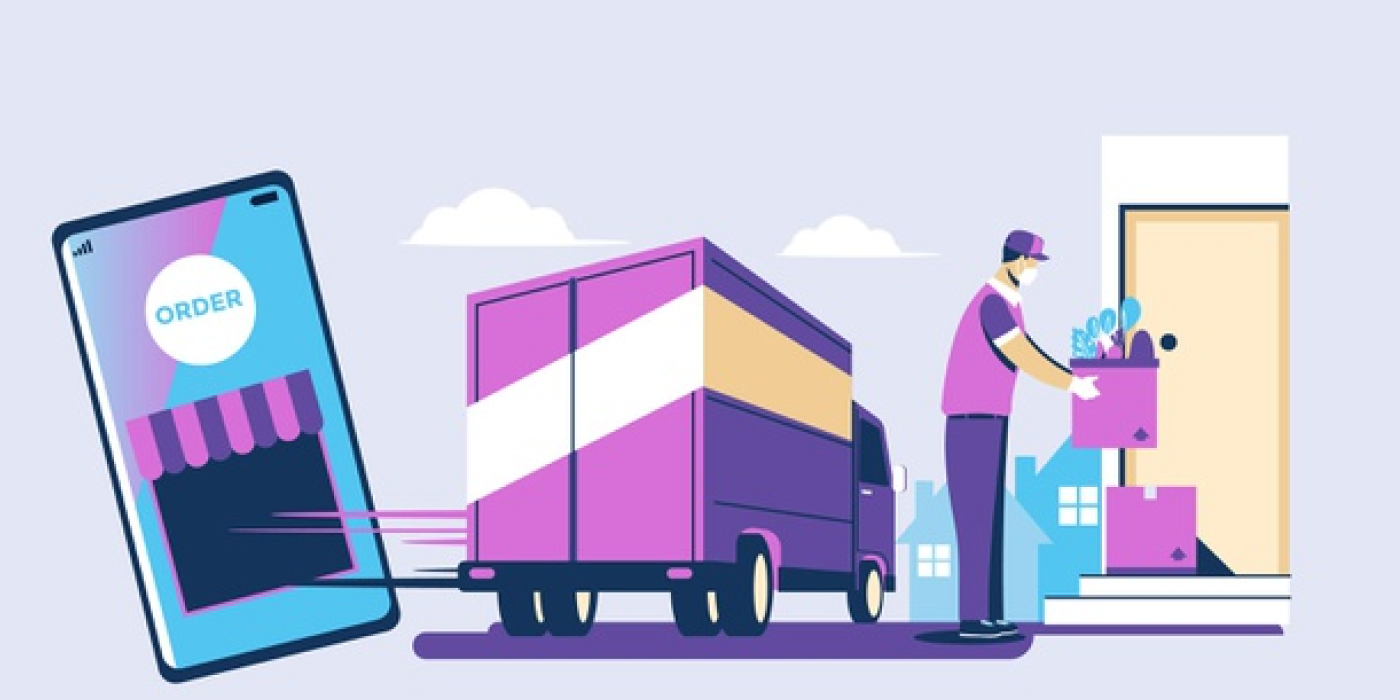
Applications that fall under this category are all about goods delivery as per the users’ requirements. These apps not only fulfill users’ needs instantly but also help in building connections.
3. Warehouse mobile apps

Warehouse mobile apps are designed to store a huge amount of data related to the products stored in the warehouse. It does it in such a simplified way as to make it easy to access any data any time.
4. Tracking and forwarding applications
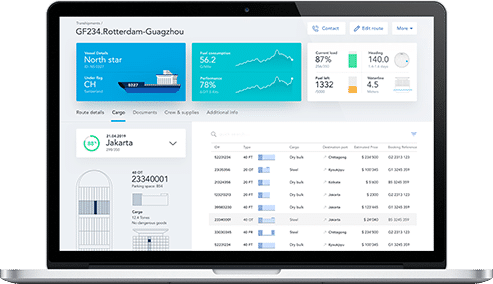
These applications target to deliver information related to real-time concerning routes and delivery of the goods and products. This means that it also displays drivers’ location which is a rather prominent feature.
Logistics mobile apps in the news
- Airbnb has expanded its reach to warehousing by introducing the “Flexe” app. In May 2019, the application raised $43 million in fundings in order to help online retailers take on Amazon.
- Uber announced in Sept’2019 that it will spend $200 million to expand its Uber Freight trucking venture – Another reason to believe this is a growing field.
- In January 2020, a Kenyan logistics startup called ‘Sendy’ with an on-demand platform raised around $20 million in a funding round backed by Toyota.
Benefits of Having an app like Uber Freight
Knowing why one should even invest in logistics mobile apps is as important as it is for a business to know the cost of logistic mobile app development. Let’s shed some light on the benefits first.
1. Vehicle tracking
![]()
Accuracy plays a pivotal role in determining the quality of the services – delivering goods at the right places and time. In this case, geolocation poses as one of the important features of the logistics app. The admin or users would be able to track the real-time location of the vehicle while simultaneously notifying the customer as well. In the case of emergencies, GPS could also be used.
2. Fleet and warehouse management
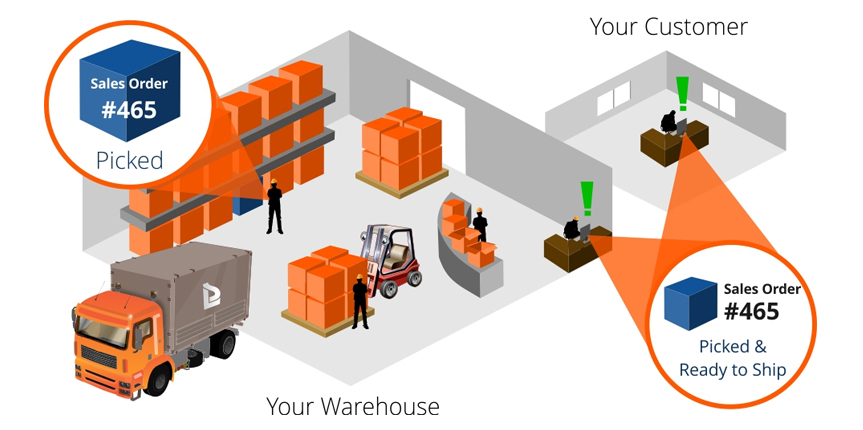
Effective management of fleets and warehouses is an ideal way to prosperity for any business operating in this domain. It can help with improved productivity and functioning. Such applications can store data way more effectively than the manual process, with low chances of data loss or misplacement. All in all, developing a transport and logistics app will eliminate inaccuracies and errors that come with manual processes.
3. Easy online booking
Since everything is on mobile now, providing your customers with the facility to do everything on their tiny screen what they used to do on their desktop/laptop is the need of the hour. Booking cargo or a parcel is something that can be done online with the help of on-demand logistics app development.
4. No paperwork

As pointed out before in the second point, managing and handling the paperwork is such a pain, especially, in the transportation and logistics business. Having a dedicated mobile application for this purpose solves this issue entirely and streamlines everything.
5. Helps in confirming the whole process

Probably one of the prominent uses of such applications is the real-time confirmation of the delivery process. While using an on-demand delivery app, the company and the customers, both can confirm if the product was delivered on time or delivered at all.
6. Promotes professionalism

If something that should matter the most to a company is its brand image. Having an on-demand logistics app not only facilitates your users but builds their trust in your company.
Must-have features of an app like DHL
There are three panels that need to be designed and developed in the logistics app development. Let’s look at each one of them while discussing the must-have features.
Note: These three panels are essentially three applications, which when combined work as one whole product. Consequently, it is a prominent factor when it comes to calculating transportation and logistics app development costs.
User Panel
Customer registration – Registration can be done in two ways – A. By creating a new account altogether and B. By registering with existing social media accounts. Giving this option to the users will impart a good impression.

Vehicle selection – It is an important feature to integrate into the on-demand logistics apps. This helps users in selecting the vehicle as per their requirements, i.e., be it a van, truck, trailer, container truck, and so on.

Scheduling and managing booking – Here users will be able to book a vehicle to avail of services immediately and can also pre-book by mentioning the date, time and location of pick-up.
Multiple payment gateways – The more options you give, the better experience you are likely to provide your users. This is also true in this instance. Providing users the choice to pay for the services via Credit/Debit card, online wallets, etc. will encourage them to use your app more often.

Tracking shipment – Rather a crucial feature, tracking facility is something your users are already expecting from your app. So, make sure to implement it in your end product.
![]()
Drop-off location – Always allow users to enter the drop-off location of their parcel either manually or with the help of GPS.
![]()
Real-time alerts – Push notifications are a great way to inform users about useful and important information while engaging them on your application.

Estimate fare charges – It is important for users to know beforehand the value they are expected to pay for the services. In this case, employing an in-build fare calculator will prove immensely useful. It will calculate the cost of services based on the size and weight of the package.

Access to history – This feature will allow users to revisit their previous transactions and invoices to keep everything on track and record.

Ratings and reviews – It would help customers if they find this feature in your app. This way, users can rate and review the services and give feedback that can help other users.

Driver/Dispatcher Panel
Login/Register – Like users, drivers can also signup using existing email IDs or social media accounts.
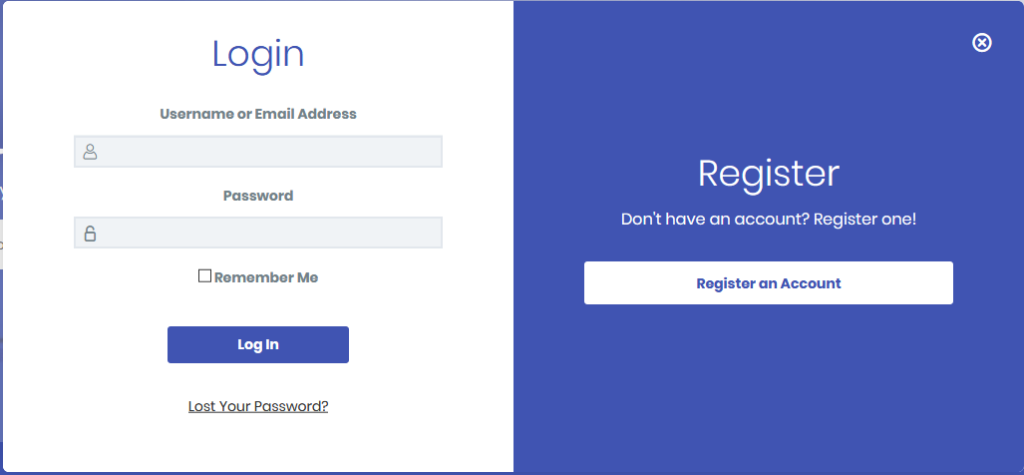
Manage requests –This feature allows drivers/dispatchers to accept or reject any request or order based on their preferences.

Make available or busy –Just like a DND feature, this will help the drivers or dispatchers show their availability/ unavailability for services using many options like marking self available, etc.
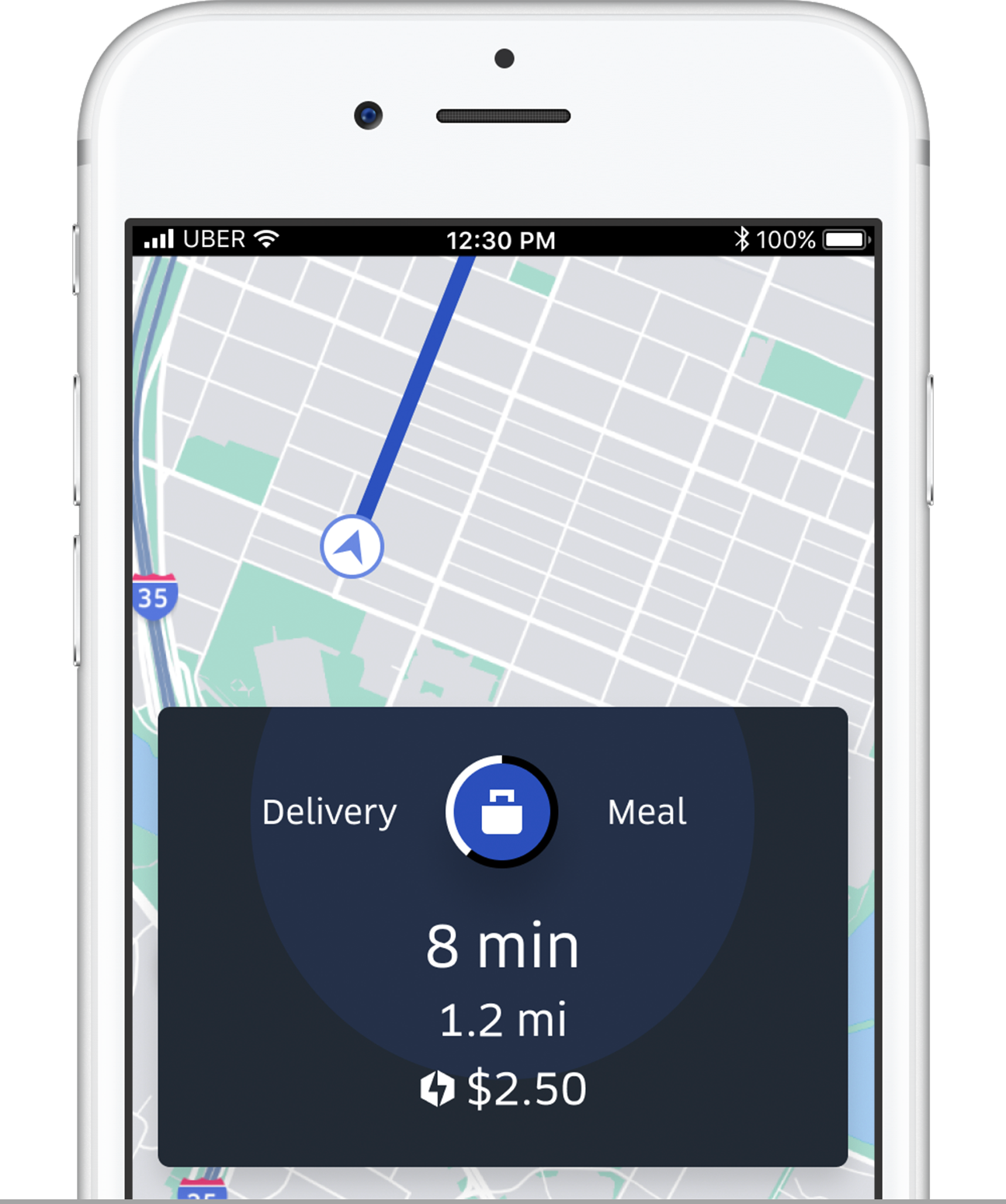
Consignment details – Getting insights of the consignment to be delivered is a crucial element that would help your app become popular if you employ.
Manage profile – Probably one of the most basic features is to enable the drivers to update the information on their profiles.

Navigation –This is a crucial feature for the driver/distributor side of the logistic application. It gives information regarding the best route to the customers’ addresses to facilitate on-time delivery.

Mark delivery –Allowing the dispatcher this feature will enable them to send alerts to both the parties (customer and admin) regarding the delivery of the parcel.
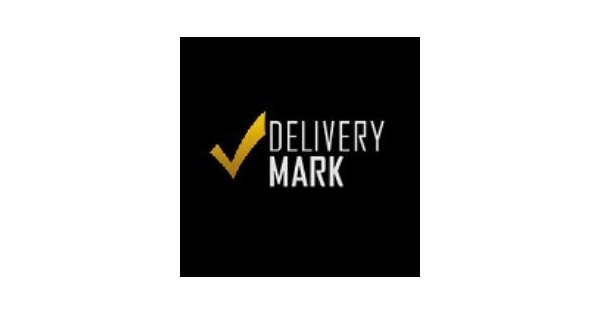
Freight/shipping details –All the details related to freight (weight of goods, fuel consumption, distance covered, toll charges) and shipping (name, address, contact number, destination) all can be accessed by the dispatcher/driver via this feature easily.

Access to history – It would be best to offer this feature since it will help them revisit past transactions and invoices.
Admin Panel
Dashboard –It displays every critical information related to the users and drivers. The admin is able to also see pending and completed orders with real-time data.
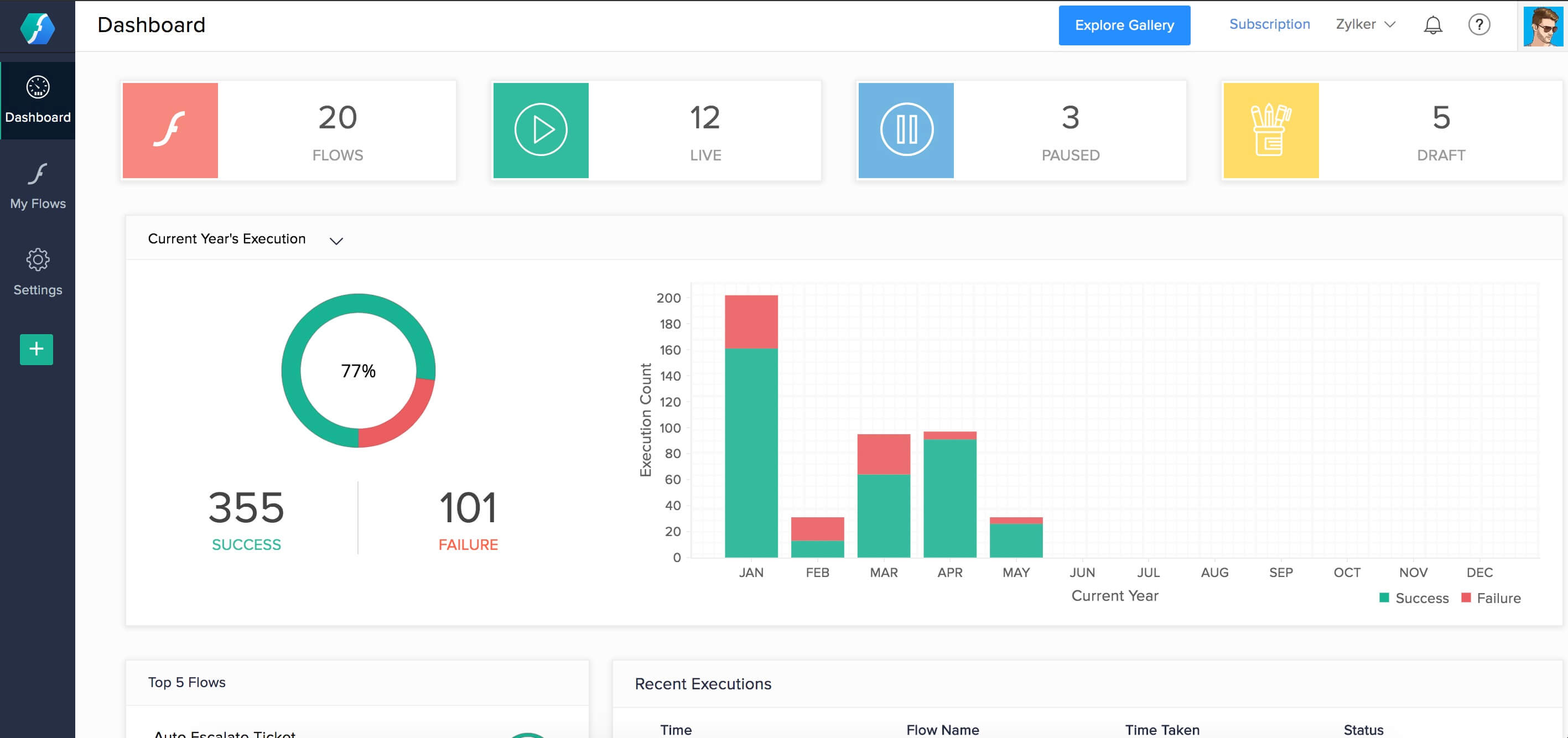
Fleet/Vehicle management –With this feature, it will become possible for the admin to introduce new vehicles for the shipment and even update the existing ones details with image, etc.

Manage invoices and payments –With this invoice management feature, the admin will be able to generate and update invoices. Moreover, admin can also manage payments, i.e, approve the payments received by the drivers and analyze other similar transactions.

Drivers monitoring –This feature helps in managing and assigning tasks to the drivers/dispatchers and monitor their on-road time, activities, and pending requests.

MS features –Under this feature, all the user queries related to the services or drivers, and any improvements required by the users are recorded and handled by the admin.
Additional features
Get a quote –According to the available deals and services, customers can request a quote from the service provider in order to get an idea for the cost and time of the services.
In-app Chat –This might be an additional feature but it is a crucial one as well. This will facilitate your users since they will not have to seek another resort for the purpose of contacting the service provider.
Chat support –Chatbots now play a huge role in the B2B and B2C sectors. Most of the applications providing any kind of service or products are equipped with chatbot app development. This is something that we at Anteelo highly recommend.
Multilingual Support –Popularly known as a practice related to the localization of mobile applications, providing multilingual support can boost the popularity of your application globally.
Link and upload documents –For dispatchers, this feature will be a big hit since they will be able to upload important documents related to shipping such as insurance documents, etc.
Note: All these additional features incur higher logistics app development costs.
Technology stack used for logistics app
One of the challenges of developing a logistics mobile app is determining which tools are essential and will render impeccable results, something which an on-demand app development company like Anteelo knows best.
Starting from the top, in order to create a robust Frontend development, many mobile app developers prefer to use Swift, Java, CSS, Bootstrap as their programming languages. Whereas, for the backend development languages like JavaScript, Ruby, AngularJS, and Python with their impeccable mobile development frameworks are used.
As for the database, HBase, Mail Chip Integration and MongoDb are used, while Azure, Google, and similar technologies are used for Cloud facility. Speaking of Application and data, development tools such as jQuery, Groovy, and AngularJS are employed.
Now that we are done with getting familiarized with crucial aspects surrounding the logistics industry and app development, let’s get down to business – getting the answer to the cost to build logistic apps.
What does the Logistics app development cost?
As I had mentioned above, the ultimate cost of app development relies on the factors related to the on-demand logistics app development process of the application.
Along with an answer in digits, we will encounter a detained account of the factors contributing to the final cost.
Backend and frontend development

The choices you make for Backend and frontend development will play a pivotal role in determining the cost of your logistics application. To be more specific, it all depends on your choice of frameworks, tools, and technologies.
You can either go with Monolithic or Microservices. However, let me put it out there that the cost of frameworks for microservices tends to be higher than monolithic. Nevertheless, it is all worth it since it is more efficacious in providing highly scalable logistics applications.
Choice of the tech stack

You might already know that the tech stack you choose for development is going to affect the cost. Speaking of programming languages, hiring developers for some languages like Swift, Golang, and R is quite expensive. Similarly, those languages that are new will have fewer libraries and frameworks, adding to the overall tasks of the development.
Type of application
Since it is an on-demand application, the development cost for it also tends to be higher than any other category, say social media, m-commerce, etc. It is because this single application consists of three whole separate panels, which require a number of resources equal to three applications. So, evidently an on-demand logistics app is going to cost more than other non-on-demand applications.
Platform (Android or iOS)

The choice of platform you choose would fall either for Android or iOS. Strictly speaking, developing for the Android platform can be a little more costly as compared to iOS due to the amount of fragmentation Android is subjected to.
There is a third option available now – cross-platform app development. By choosing this, your application will be able to work incredible on both the platforms rending performance falling no shorter than a native app. Plus, it is cost-effective as compared to developing the app separately for both platforms.
Development Team Size

There is no need to tell you that the cost of development will be lower when you choose a team of freelancer developers as compared to an established on demand mobile app development company.
However, established companies have an edge over freelance developers – the assurance of the prolific quality of mobility and digital solutions.
Location of the company

The location plays a pivotal role in deciding the ultimate cost of logistics app development. It is an established fact that the hourly rates of development tend to get higher when moving from east to west.
In light of the above statement, there are few countries such as India that are home to some prestigious and insanely efficient mobile app development companies that offer their services at reasonable prices.
Now comes the most-awaited part. The estimated cost of logistics mobile app development can range between USD 70k to USD 80k.
Future of Logistics app development
All the current statistics and predictions on logistics app development only paint a positive picture of the future of on-demand logistics app development. Since the advent of mobile app development in the logistics industry, things have become smooth-sailing and processes have become streamlined.
In fact, the next big thing for this industry is the extension of AI into it, as per the AI technology trends. We can expect AI-induced logistics applications that will further facilitate the logistics and warehouse management while being equally helpful in transportation. Another next-gen tech that will disrupt the logistics domain is none other than IoT.
Going forward, the emergence of numerous types of on-demand logistics applications will eventually make the logistics industry prosperous. If there was ever the right time to invest in the logistics app development, it is Now. So, with the estimated cost to build the logistic app, it would become easier to make a firm and well-contemplated decision.
